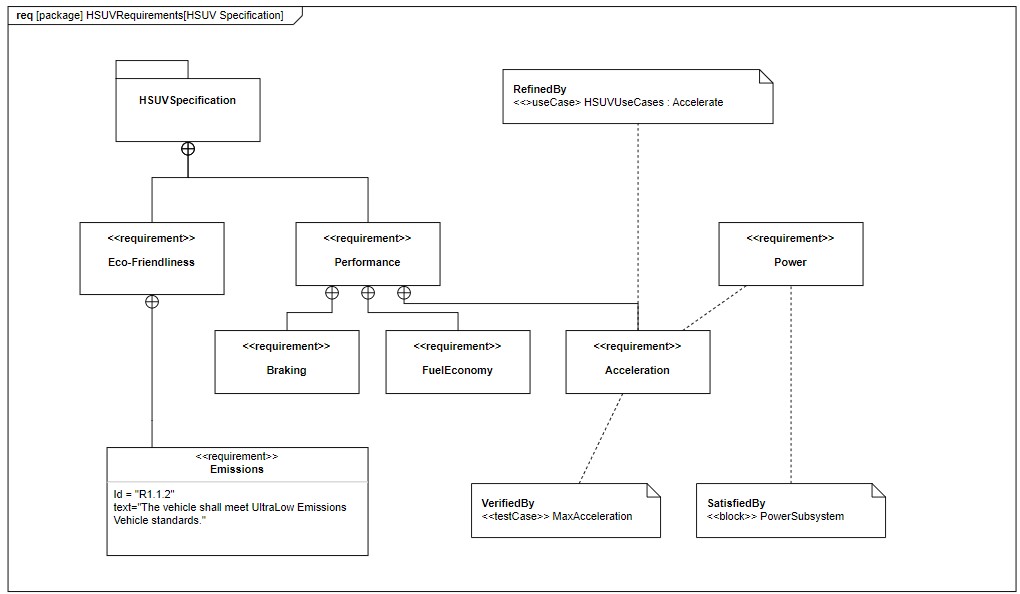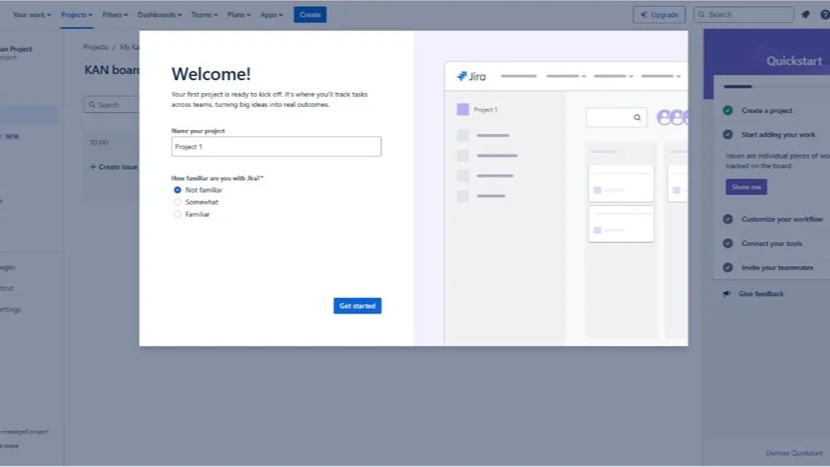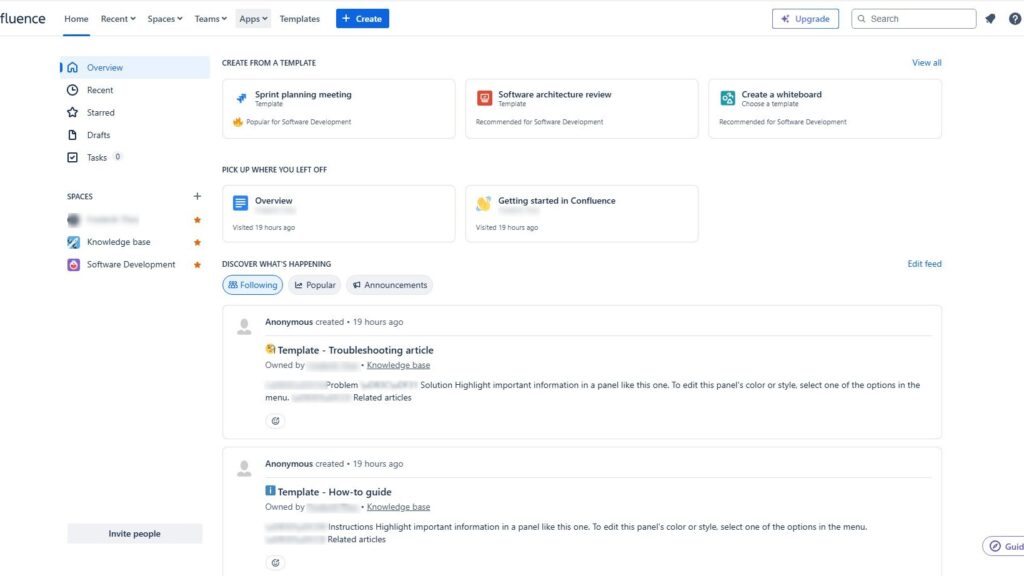In modern requirements engineering, modeling has become essential. It clarifies complex systems, improves communication, and ensures consistency. Text alone no longer meets today’s needs. By using diagrams, engineers visualize system behavior and dependencies. In this article, I explore the key applications of requirements modeling—showing how it helps specify, validate, and clarify requirements effectively across different project contexts.
What is Requirements Modeling
Requirements modeling is the process of visually representing system requirements to make them easier to understand, analyze, and communicate. Instead of describing everything in text, I use models such as diagrams or structured notations to show relationships, functions, and behaviors within a system. This approach reduces misunderstandings, supports validation, and creates a shared view among stakeholders and developers early in the project.
Utilizing Diagrams for Requirements Specification
In this scenario, requirements diagrams replace textually specified requirements. This means that requirements diagrams is the primary method for specifying the system requirements or part of the system requirements. Textual requirements or textual explanations should supplement, particularly when a text is more compact or easier to handle than diagrams.
If all requirements must still be available in textual form (e.g., due to contractual conditions or certification requirements), requirements models can generate them. For example, templates help to convert requirements diagrams into text form.
Creating Diagrams to Validate Textual Requirements
Here, a requirements diagram is created for a logically coherent set of textually specified requirements, which, for example, specify necessarily complex system behavior. The purpose of this diagram is to check the comprehensibility of textual requirements or to uncover inconsistencies or omissions in the textual requirements. Any defects uncovered are then corrected in the textual requirements.
Using Diagrams to Clarify Textual Requirements
In this instance, modeled requirements are used to represent extensive and complex relationships that affect the behavior of the system. However, this redundant form of specification can lead to significant problems with contradictions between textually specified requirements and modeled requirements.
Conclusions
In conclusion, the applications of requirements modeling in requirements engineering are vast and varied. They offer numerous benefits that enhance the overall process of system specification, validation, and clarification. By utilizing diagrams as a primary means of specification, engineers create more intuitive and easily understandable representations of complex systems. This not only facilitates better communication among stakeholders. It also helps in identifying inconsistencies and omissions early in the development process.
Furthermore, modeling existing textual requirements for the purpose of testing and clarity ensures that all aspects of a system are thoroughly vetted and accurately documented. As the field of requirements engineering continues to evolve, the integration of requirements modeling will undoubtedly play a crucial role in developing robust, efficient, and error-free systems. By embracing these techniques, engineers can better meet the growing demands of modern system development and deliver higher-quality results.
What’s Next?!
Now that you know how requirements modeling helps visualize and clarify system needs, it’s time to explore how these ideas extend into programming. Understanding how objects are defined and interact is the next step. In my upcoming article, Object Name, State, and Behavior in Object-Oriented Programming, I explain how these core concepts shape modern software design. Click ahead and discover how models turn into real, functioning code.
This text is based on content from the source: International Requirements Engineering Board (ireb.org). The International Requirements Engineering Board is the owner of the copyright.
| Read more about Confluence and How to |
|---|
| Format Text in Confluence Make Lists in Confluence Change the Headings in Confluence Create a Blog Post in Confluence Align Text in Confluence |




